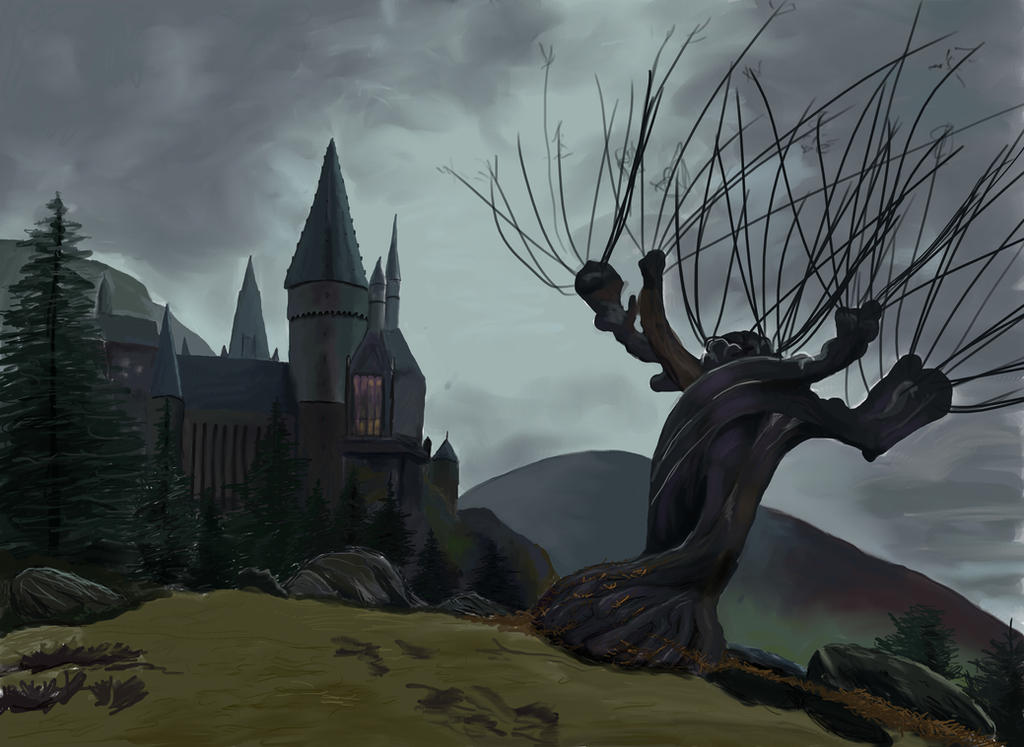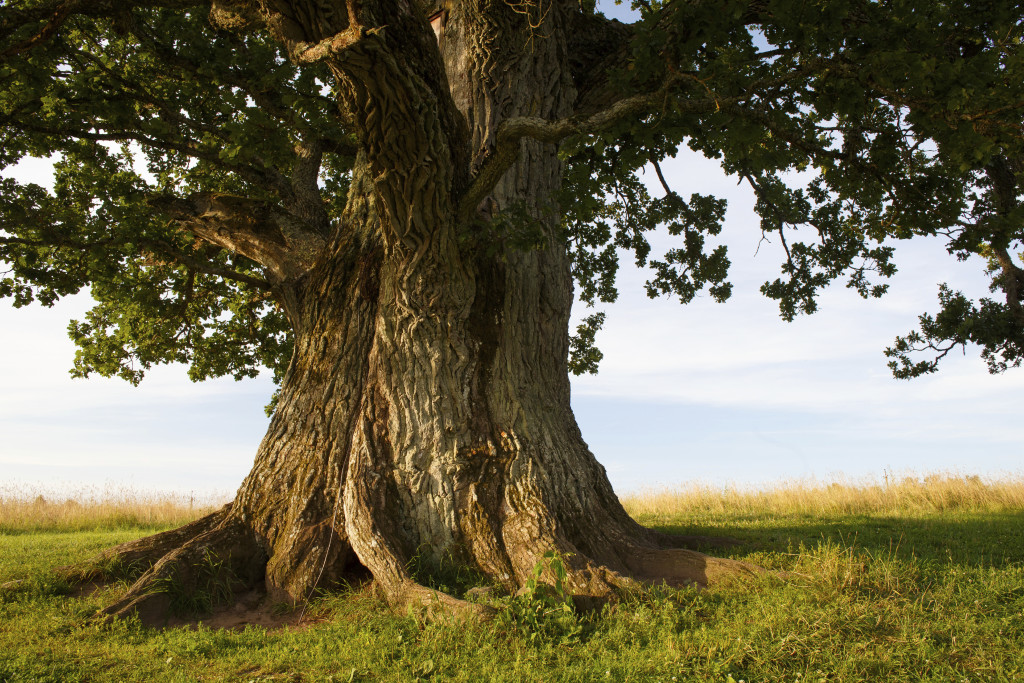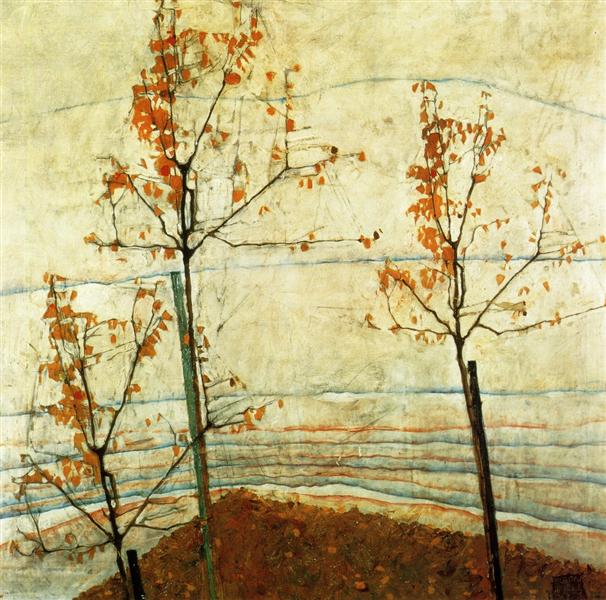Due to powerful winds and light showers earlier this week, 350- to 400-year-old Neem and Peepal trees at the Ukkadam Lakshminarashimar Temple in Coimbatore, India were uprooted. But thanks to a successful attempt by locals and government authorities the ancient trees have been replanted and live to see another day.
The tree’s recovery is credited to members of Siruthuli, — an NGO based in Coimbatore, India which works to rejuvenate the water sources in the city of Coimbatore — the Forest Department, a large number of devotees and Tirupur Exporters Association — Exporters of cotton knitwear.
Uprooting of the tree is in part because of some construction work around the tree before the windstorm in which workers carelessly cut some roots of the tree, destabilizing it and making is susceptible to the gusty weather. Temple authorities were involved in constructing a pucca concrete structure i.e., sanctum sanctorum for the Vinayakar under the Peepal and Neem trees.
The centuries-old trees fell causing damage not only to themselves but surrounding shops and a few vehicles. Upon examination, Siruthuli realized that the trees could be saved and approached the Conservator of Forests in Coimbatore, Circle I. Anwardeen, who in turn asked District Forest Officer A. Periyasamy to send in a team led by Range Officers C. Dineshkumar and M. Senthilkumar for inspection and recovery.
Managing trustee of Siruthuli, Ms. Vanitha Mohan, gave The Hindu details on the re-plantation of the trees and the collective efforts of local bodies that brought the trees standing tall once more.
It took 30-odd hours to save the trees with the help of two cranes, an earth mover, and 18 workers pressed into service. The devotees persisted in their recovery of their beloved tree with much enthusiasm during the long and difficult hours.
Locals now hope that the ensuing Monsoon season will bring life back once more to the shredded branches in the rainy weather.










